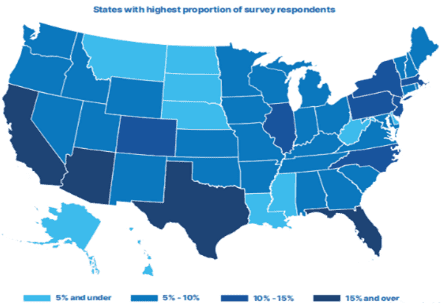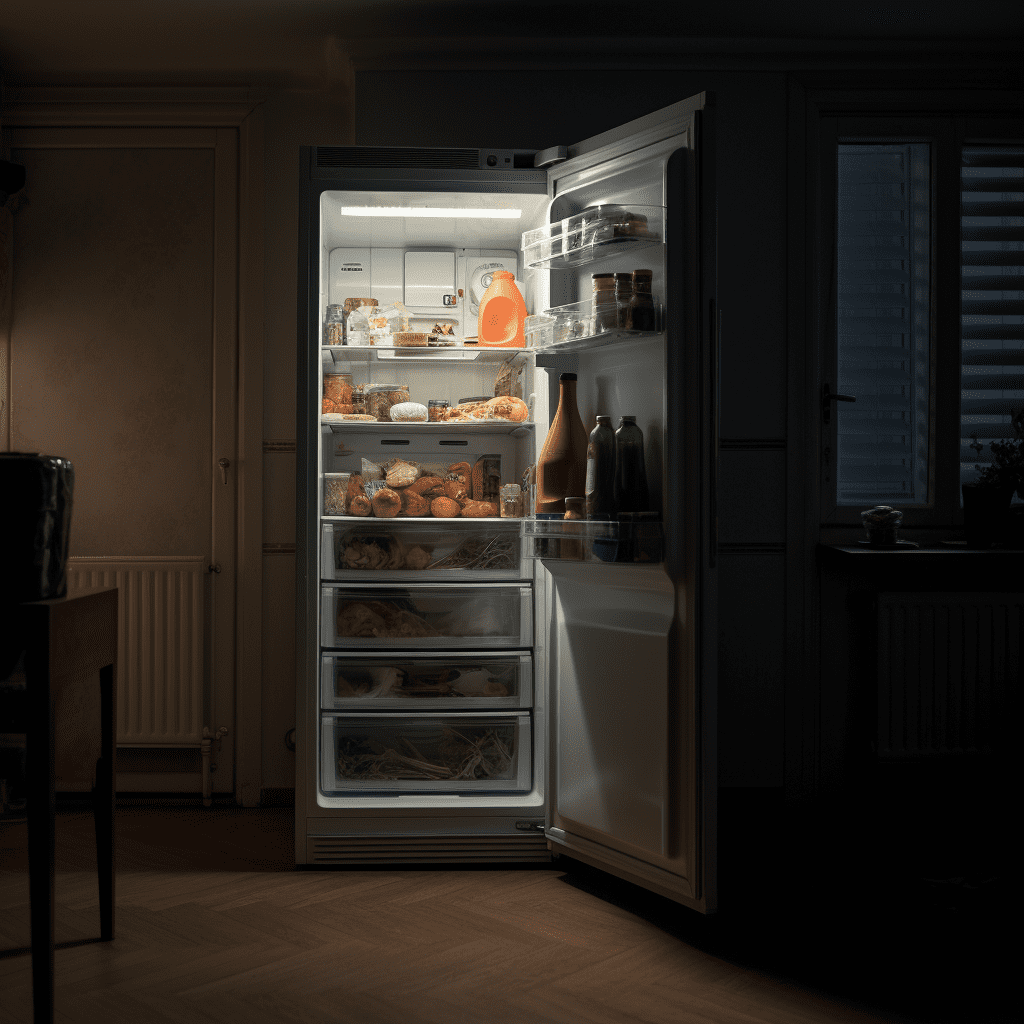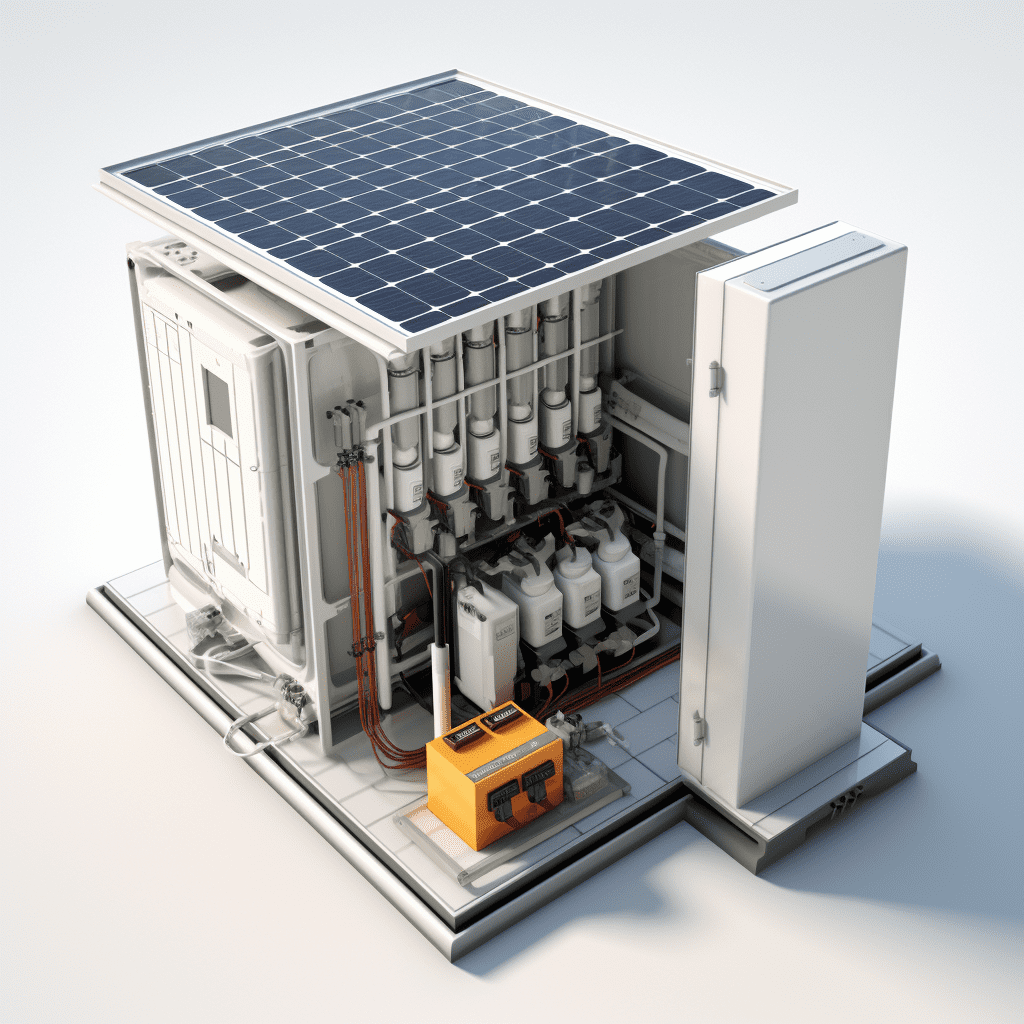Choosing the right wire gauge for a 3000-watt inverter is crucial for ensuring safe and efficient operation. The correct gauge minimizes voltage drop, prevents overheating, and enhances overall system performance, making it essential to understand how to determine the appropriate size.
What is the best wire gauge for a 3000-watt inverter?
For a 3000-watt inverter, it is generally recommended to use at least 2/0 AWG (American Wire Gauge) copper wire for short distances (up to 10 feet). If the distance exceeds this, or if using aluminum wire, consider increasing to 4/0 AWG to accommodate voltage drop and ensure safe operation.
| Wire Gauge Recommendation | Description |
|---|---|
| 2/0 AWG | Suitable for distances up to 10 feet with copper wire. |
| 4/0 AWG | Recommended for longer distances or aluminum wiring. |
How do you calculate the appropriate wire size for your inverter?
To calculate the appropriate wire size:
- Determine Total Wattage: For a 3000-watt inverter.
- Calculate Amperage: Use the formula Amps=Watts、Volts . For example, at 12 volts:
Amps=300012=250 amps
- Consider Distance: Longer distances require larger gauges to prevent voltage drop.
- Refer to Wire Gauge Charts: Use NEC (National Electrical Code) charts to find suitable gauges based on amperage and distance.
| Calculation Steps | Description |
|---|---|
| Determine Total Wattage | Identify wattage of your inverter (e.g., 3000 watts). |
| Calculate Amperage | Use formula based on system voltage (e.g., 250 amps at 12 volts). |
| Consider Distance | Adjust gauge based on distance from battery to inverter. |
| Refer to Wire Gauge Charts | Consult NEC charts for appropriate sizing based on amperage and distance. |
What factors influence wire gauge selection for inverters?
Several factors affect the selection of wire gauge:
- Current Rating: Higher current requires thicker wires.
- Distance: Longer runs increase resistance and necessitate larger gauges.
- Voltage Drop: Minimizing voltage drop is critical; aim for less than 3% loss.
- Wire Material: Copper has better conductivity than aluminum, allowing smaller gauges.
| Factors Influencing Selection | Description |
|---|---|
| Current Rating | Higher amperage requires larger wires. |
| Distance | Longer distances need thicker cables. |
| Voltage Drop | Aim for minimal loss (under 3%). |
| Wire Material | Copper vs aluminum affects gauge choice. |
Why is it important to use the correct wire gauge for safety and efficiency?
Using the correct wire gauge is vital for preventing overheating, electrical fires, and ensuring efficient power delivery. Undersized wires can lead to excessive voltage drop, reducing performance and potentially damaging equipment connected to the inverter.
| Importance of Correct Gauge | Description |
|---|---|
| Safety | Prevents overheating and fire hazards. |
| Efficiency | Ensures optimal power delivery without loss. |
What are the consequences of using the wrong wire size?
Using an incorrect wire size can result in several issues:
- Overheating: Undersized wires may overheat, leading to insulation failure or fires.
- Voltage Drop: Excessive voltage drop can reduce appliance performance.
- Equipment Damage: Inadequate power supply may damage sensitive electronics connected to the inverter.
| Consequences of Wrong Size | Description |
|---|---|
| Overheating | Risk of fire due to excessive heat generation in wires. |
| Voltage Drop | Decreased performance of connected devices due to insufficient power. |
| Equipment Damage | Potential harm to appliances from inadequate power supply. |
Buy Wholesale Battery Tips
For businesses looking to purchase wholesale lithium or lead-acid batteries, Redway Battery is an excellent choice due to its extensive experience in OEM orders and custom solutions. To make OEM orders from a reliable manufacturer like Redway Battery:
- Identify your specific requirements (capacity, voltage).
- Contact Redway’s sales team with your specifications.
- Review their proposed solutions and pricing.
- Approve samples before mass production begins.
Industrial News
The solar energy sector continues to expand as more consumers adopt renewable energy solutions, including efficient inverters that cater specifically to residential needs like powering refrigerators during outages or off-grid living setups. Innovations focus on improving energy conversion rates and enhancing user interfaces.
Redway Expert Views
“Choosing the right size charge controller is critical for maximizing your system’s efficiency,” states an expert at Redway Battery. “Proper sizing not only protects your investment but also ensures optimal energy production.”
FAQ Section
- What size inverter do I need for my refrigerator?
Typically, you need an inverter rated between 1000 watts and 2000 watts depending on your fridge’s specifications. - How can I find out my refrigerator’s power consumption?
Check the energy label on your fridge or refer to its manual; if unavailable, use estimated calculations based on similar models. - What happens if my inverter is too small?
An undersized inverter may not start your refrigerator or could overheat, leading to potential damage. - Can I use a modified sine wave inverter?
While it may work with some fridges, pure sine wave inverters are recommended as they provide cleaner energy suitable for sensitive electronics.






